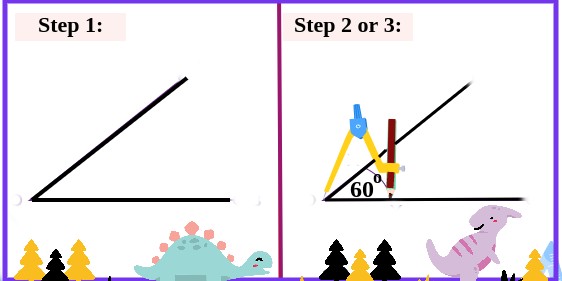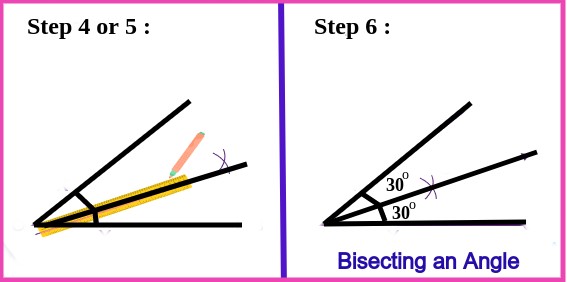What is Bisect?
Understanding the Concept of Bisect! In mathematics and geometry, “bisect” means to divide something into two equal or congruent parts. When you bisect an object or geometric element, you are essentially cutting or dividing it in such a way that both resulting parts are identical in size, shape, or measure. Bisecting is commonly used in various mathematical and practical applications, such as dividing angles, line segments, shapes, and more, to achieve precision and symmetry.
What Does “Bisect” Mean?
The term “bisect” originates from the Latin words “bi,” meaning two, and “sectus,” meaning cut. Therefore, when we bisect something, we essentially cut or divide it into two equal parts.
“Bisect” examples:
- Bisecting Angles: Dividing an angle into two equal angles. Angle bisectors are commonly used in geometry and trigonometry.
- Bisecting Line Segments: Dividing a line segment into two equal segments. This is essential in finding midpoints and dividing a line into equal parts.
- Bisecting Shapes: Splitting shapes, such as triangles or polygons, into two congruent parts. This is useful for various geometric constructions.
- Bisecting Circles: Dividing a circle into two equal arcs or finding the center of the circle. Circle bisectors are essential for creating inscribed and circumscribed shapes.
Bisecting an Angle: Steps of Construction
Bisecting angles is a fundamental geometric concept in which an angle is divided into two equal or congruent parts. These two equal angles are known as angle bisectors. Bisecting angles is commonly done using mathematical tools such as a protractor and ruler. The following steps illustrate how to bisect an angle:
Step 1: Draw the angle that you want to bisect. Ensure that the angle is well-drawn and clear.
Step 2: Place the protractor with its center on the vertex (the common endpoint) of the angle. Make sure that one of the protractor’s arms aligns with one of the angle’s sides.
Step 3: Measure the angle by reading the angle measurement on the protractor. For example, if the angle measures 60 degrees, take note of this value.
Step 4: To bisect the angle, divide its measurement by 2. For a 60-degree angle, the bisected angles would be 30 degrees each.
Step 5: Using the protractor, mark a point on each side of the angle at the measurement obtained in the previous step (30 degrees in this case).
Step 6: Draw lines from the vertex of the angle to the two marked points. These lines are the angle bisectors, and they divide the original angle into two equal parts, each measuring 30 degrees.
Bisecting Line Segments
Bisecting a line segment is a fundamental geometric construction technique that divides a line segment into two equal parts. This step-by-step guide will walk you through the process of bisecting a line segment accurately using a ruler and compass:
Step 1: Gather Your Tools
- You will need a ruler, a compass, and a pencil for this construction.
Step 2: Draw the Line Segment
- Use your ruler to draw the line segment that you want to bisect. Ensure it is clear and well-defined.
Step 3: Set the Compass
- Adjust your compass to a width greater than half the length of the line segment but less than the full length.
Step 4: Place the Compass
- Place the compass point (the sharp end) on one endpoint of the line segment. Ensure it stays fixed in this position throughout the construction.
Step 5: Draw Two Arcs
- With the compass still fixed on the endpoint, draw a small arc above the line segment and another small arc below it. These arcs should intersect the line segment.
Step 6: Repeat on the Other Endpoint
- Without adjusting the compass width, repeat steps 4 and 5 on the other endpoint of the line segment, drawing two arcs above and below the line.
Step 7: Connect the Intersection Points
- Use your ruler to draw a straight line that connects the two intersection points where the arcs intersected the line segment.
Step 8: The Bisector
- The line you just drew is the bisector of the original line segment. It divides the segment into two equal halves.
Step 9: Check for Equality
- Measure the lengths of the two resulting line segments using your ruler. They should be equal, confirming that you have successfully bisected the line segment.


